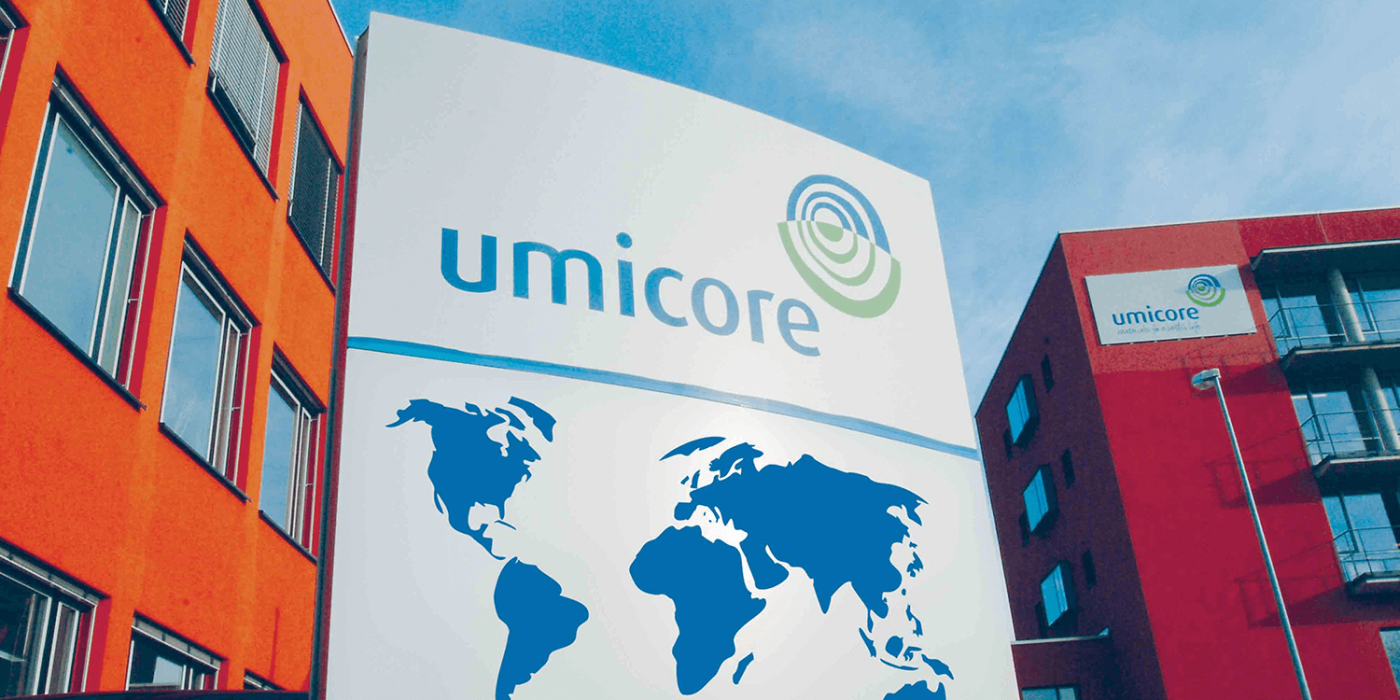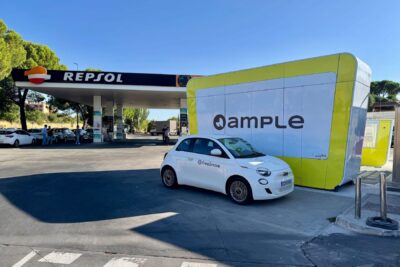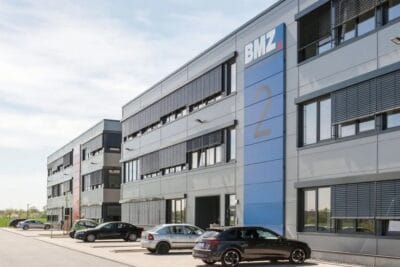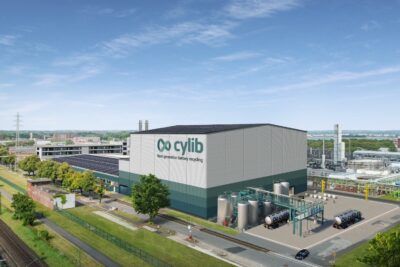Umicore to bring HLM batteries to market in 2026
Umicore is starting the industrialisation of its manganese-containing HLM technology for active cathode materials. The company is aiming for commercial production and use of this technology in electric vehicles in 2026.
The acronym HLM stands for “high lithium, manganese” and, according to Umicore, refers to “a low-cost, sustainable, high-energy density battery technology that is gaining traction with automotive and battery cell manufacturers”. It complements Umicore’s portfolio of NMC (nickel, manganese, cobalt) battery materials for electric vehicles and is said by the developer to offer better total cost of ownership than LFP (lithium iron phosphate) with longer ranges, equivalent safety, much more reliable state-of-charge monitoring and better recyclability.
Manganese is the third most abundant transition metal in the Earth’s crust after iron and titanium, according to a 2020 Fraunhofer publication. It is a rather inexpensive raw material with high availability. For battery applications, ores with a manganese content of more than 45 per cent and lower impurities of nickel, cobalt and copper are used, it says. South Africa, Australia and Gabon are today’s main producers with a combined total of more than 11 million tonnes in 2019. “Compared to the total nickel or cobalt production, this corresponds to approximately 10 or 100 times the amount,” the Fraunhofer Institute IKTS points out.
Umicore has been working on the commercialisation of manganese-focused battery technology for years. In 2021, the Belgian company signed a non-exclusive patent cross-licensing agreement with BASF, which included the HLM technology. Ralph Kiessling, Executive Vice President Energy & Surface Technologies at Umicore, expresses that commercial production is getting closer. “We have entered into product development programs with car and cell manufacturers who chose to fast-track our proprietary high-capacity-low-cost and recyclable solution thanks to its proven and distinct performance,” says Kiessling.
Future HLM production is planned at Umicore’s battery materials plants in Korea and Poland, where NMC-based active cathode materials are produced today. In addition, at the planned plant in Canada. The factory in Poland was opened by Umicore in Nysa in September 2022. It is the Belgian company’s first European CAM (Cathode Active Material) plant for the production of cathode materials for electric car batteries. First announced in 2018, the factory is expected to reach an annual production capacity of 20 GWh by the end of 2023 and 40 GWh by the end of 2024. In subsequent years, Umicore plans to expand the plant to up to 200 GWh.
The first information about the planned factory in Canada was announced in mid-2022 – It is to be Umicore’s first CAM production facility in North America. It will be built in the community of Loyalist in the Canadian province of Ontario. In perspective, at least one more plant is likely to follow, as the Belgian group aims to reach a global capacity of more than 400 GWh by 2030. Up to now, Umicore has focused its CAM production mainly on Asia – for example South Korea.
As reported, Umicore’s customers include the battery cell joint venture Automotive Cells Company (ACC) of Stellantis, Total and Mercedes-Benz. Umicore is also to supply Volkswagen’s future European cell factories with cathode material.





0 Comments